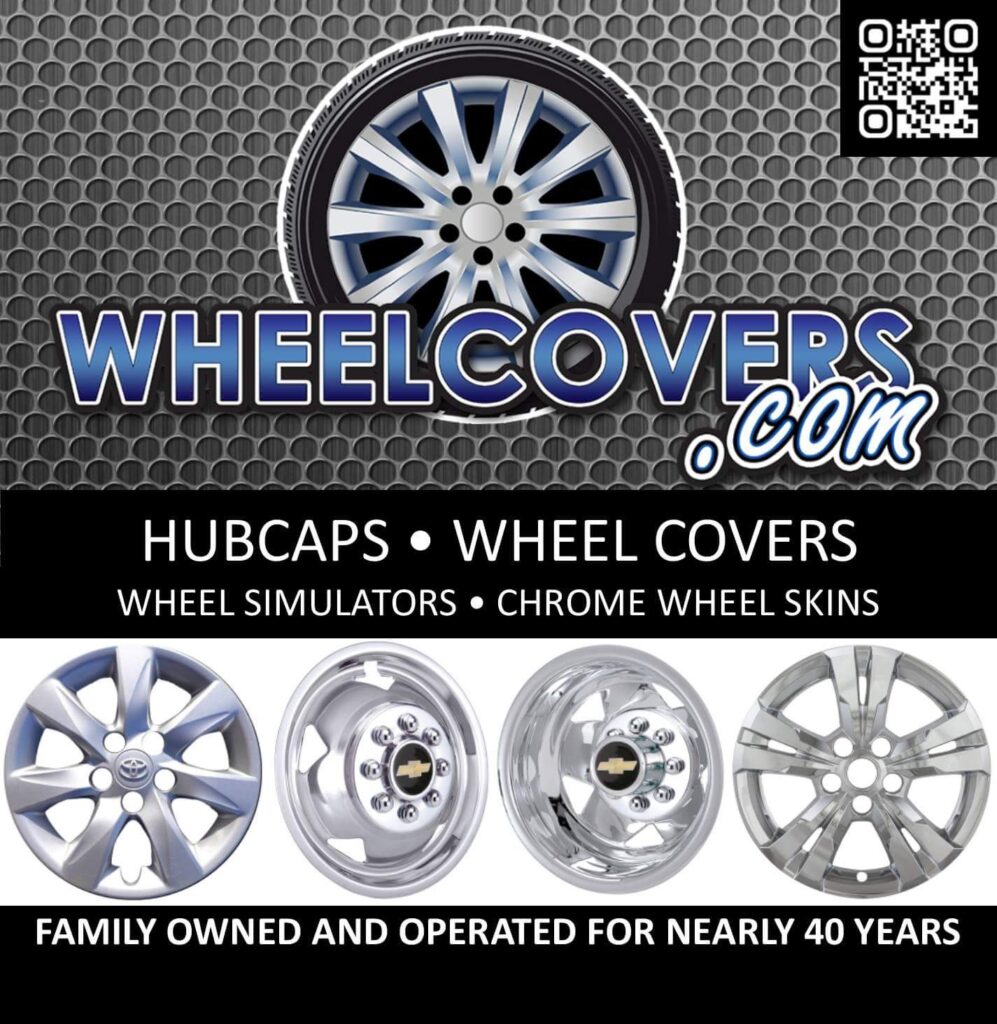
Hubcaps are more than just a stylish accessory for your vehicle; they help protect the wheel from dirt, debris, and potential damage. Yet, many car owners overlook their importance, leading to common mistakes that can impact both the aesthetic and functionality of their car. This article covers these frequent mistakes and how you can avoid them. Hubcaps
1. Choosing the Wrong Size Hubcap
One of the most common mistakes is selecting a hubcap that doesn’t match the size of your car’s wheels. A poor fit can cause the hubcap to pop off or not secure properly.
How to Avoid It:
Always check your tire size before purchasing new hubcaps. Most cars have their tire size printed on the side of the tire itself. A proper fit will ensure your hubcap stays in place and functions correctly.
2. Not Securing Hubcaps Properly
Hubcaps that aren’t tightly secured to the wheel can easily pop off while driving, causing you to lose them on the road.
How to Avoid It:
When installing hubcaps, make sure they snap in securely. Some hubcaps may come with retaining clips or wires that help them stay in place. Don’t skip this step, as it’s crucial to ensuring your hubcaps remain intact.
3. Ignoring the Material of the Hubcap
Hubcaps come in various materials such as plastic, stainless steel, and aluminum. Not considering the type of material you’re purchasing is a mistake that can affect the longevity and durability of the hubcap.
How to Avoid It:
Understand the benefits and drawbacks of different materials. Plastic hubcaps may be more affordable but can crack easily, while metal hubcaps are more durable but might be heavier and prone to rust. Choose a material that fits your driving conditions and aesthetic preference.
4. Over-Tightening Hubcap Retaining Clips
Sometimes, car owners make the mistake of over-tightening retaining clips, leading to bent or broken clips. This mistake can also cause unnecessary pressure on the hubcap, making it prone to damage.
How to Avoid It:
Apply just enough force to secure the clips but avoid overdoing it. Refer to the manufacturer’s instructions on how tight the clips should be. Over-tightening is as problematic as under-tightening.
5. Failing to Clean Hubcaps Regularly
Dirt, grime, and brake dust can accumulate on your hubcaps, eventually causing them to corrode or degrade in appearance. Many car owners neglect cleaning them, leading to long-term damage.
How to Avoid It:
Clean your hubcaps regularly with mild soap and water. Avoid harsh chemicals that could damage the finish. If you live in areas with a lot of salt on the roads (such as coastal regions), regular cleaning becomes even more critical.
6. Ignoring Scratches and Dents
Hubcaps can get scratched or dented from curb hits or road debris. Ignoring these imperfections can eventually lead to more significant problems, such as cracks or total hubcap failure.
How to Avoid It:
Inspect your hubcaps regularly for any signs of damage. Address minor issues like scratches and dents before they escalate into bigger problems. For minor scratches, you can often polish them out, while larger dents may require professional repair.
7. Purchasing Cheap Hubcaps
It may be tempting to buy inexpensive hubcaps, but these often don’t last as long or fit as well as higher-quality alternatives. Cheap hubcaps may also be more prone to cracking, fading, or falling off.
How to Avoid It:
Invest in hubcaps from reputable brands that fit well and are built to last. While it’s tempting to go for the cheapest option, you’ll save money in the long run by avoiding frequent replacements.
8. Not Matching Hubcaps with Your Vehicle’s Design
Some people purchase hubcaps that don’t match the overall design and aesthetic of their car. While this may seem like a minor mistake, it can detract from your car’s appearance and value.
How to Avoid It:
Take the time to find hubcaps that complement your vehicle’s design. There are plenty of styles and finishes available, so choose something that adds to your car’s look rather than detracts from it.
9. Driving with Loose or Missing Hubcaps
Driving with a loose or missing hubcap can lead to more significant issues like damaging your wheel or exposing the lug nuts to the elements, causing rust or corrosion.
How to Avoid It:
Inspect your hubcaps regularly, especially after driving on rough roads or hitting a curb. If a hubcap is loose or missing, replace or re-secure it as soon as possible to prevent further damage.
10. Replacing Only One Hubcap
Sometimes, when one hubcap is lost or damaged, people only replace the one instead of all four. This can result in a mismatched set of hubcaps, making your car look less cohesive.
How to Avoid It:
Whenever possible, replace all four hubcaps at the same time. This ensures a consistent look and helps maintain your car’s overall aesthetic. Even if only one hubcap is damaged, it may be worth upgrading the entire set for a fresh look.
Conclusion
Hubcaps are a small yet significant part of your vehicle’s overall appearance and protection. By avoiding these common mistakes—such as choosing the wrong size, ignoring the material, or not securing them properly—you can save yourself the hassle of lost or damaged hubcaps and keep your vehicle looking its best.
Taking the time to invest in quality hubcaps, cleaning them regularly, and ensuring they’re securely attached will keep your wheels safe and stylish.